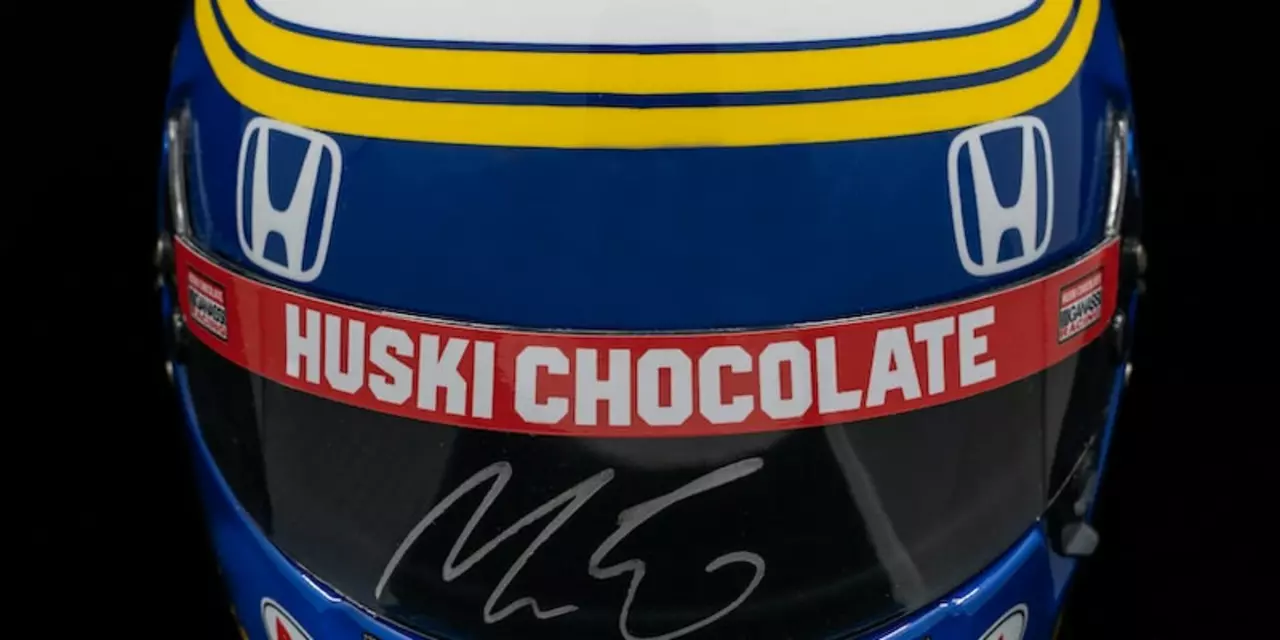In the mid-1990s, the Championship Auto Racing Teams (CART) and IndyCar were two of the most successful and powerful open-wheel racing series in the world. However, in 1996, the two split up due to disagreements between the two series’ leadership. The main issues were CART’s desire for more international events and IndyCar’s desire for more control over their own events. The split caused a great deal of animosity between the two series for many years, and eventually led to the creation of the Indy Racing League in 1996. In 2008, the two series merged, ending the long-standing rivalry between them.
Motorsport History – The CART and IndyCar Split
Ever wondered why two of the biggest open‑wheel series walked away from each other in the ’90s? The split between CART and IndyCar still sparks debate among fans. In this category page we break down what led to the break‑up, what each side wanted, and how the fallout shaped today’s racing scene.
What caused the CART‑IndyCar rift?
Back in the mid‑1990s, CART was pushing to go global. They wanted more races outside the US, bigger TV deals, and a modern image. IndyCar, on the other hand, cared about keeping control of its flagship events like the Indy 500 and protecting its American fan base. Those opposing goals created a power tug‑of‑war between the two leadership teams.
The disagreement boiled down to three things: race locations, revenue sharing, and rule‑making authority. CART’s board kept eyeing Europe and Asia, while IndyCar’s bosses feared losing the classic oval races that defined them. When talks stalled, both series announced they would run separate calendars from 1996 onward.
How the split reshaped open‑wheel racing
The split ripped the fan base in half. Some followed CART’s flashy street circuits, others stuck with IndyCar’s tradition‑rich ovals. Sponsors were forced to pick sides, which diluted money for both series. The competition also spurred the birth of the Indy Racing League (IRL) in 1996, giving IndyCar an even more fragmented landscape.
Years of rivalry meant slower growth for both camps. Attendance dipped, TV ratings slumped, and engineering talent was scattered. It wasn’t until 2008 that the two finally merged, ending a decade‑long feud and paving the way for a more unified open‑wheel future in the US.
The split taught the sport a hard lesson: unity matters. When series compete instead of collaborate, fans lose, sponsors pull back, and the racing product suffers. Today, organisers strive for joint events and shared technology to avoid repeating history’s mistakes.
Our featured post, “Why did CART and IndyCar split up anyway?”, dives deeper into the politics and personalities behind the drama. It breaks down the key moments, from boardroom battles to the crucial 1996 split, and explains how the fallout still echoes in today’s racing world.
If you’re curious about other turning points in motorsport history—like the rise of Formula 1, the era of Group B rally cars, or the birth of electric racing—keep exploring this category. We’ll keep adding fresh stories, analysis, and behind‑the‑scenes looks at the moments that shaped the sport.
Got a question about a specific era or a rivalry you want us to cover? Drop a comment or send us a note. Motorsport is a living history, and every fan’s memory adds to the story.
